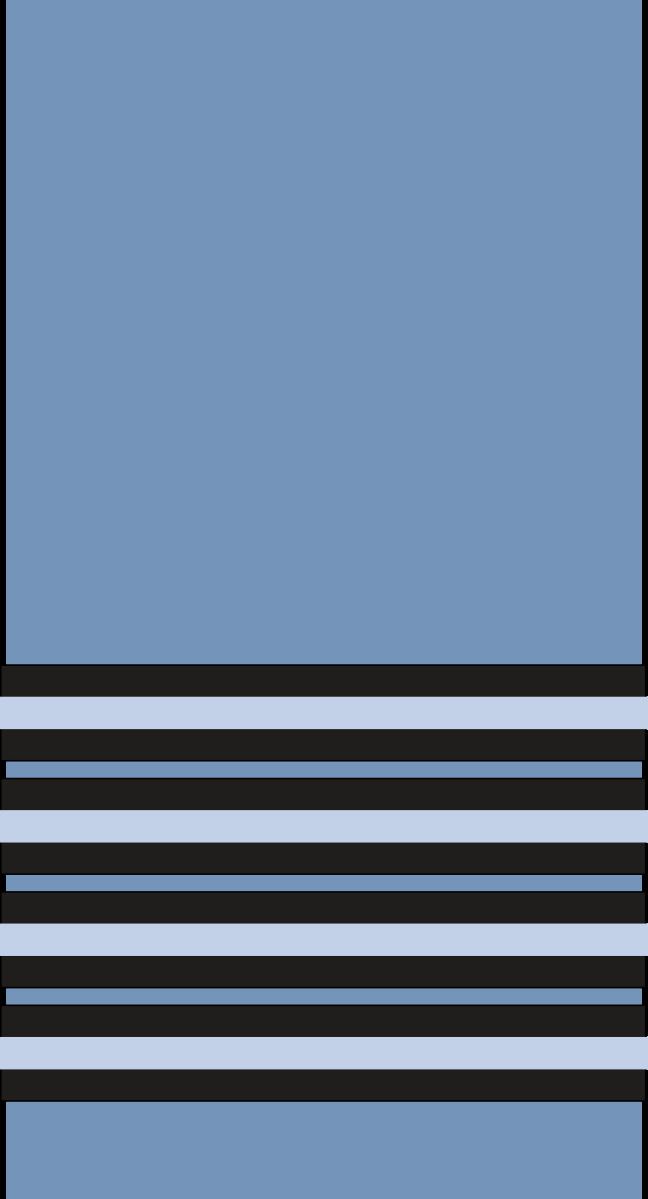 | ||
Group captain (Gp Capt in the RAF, IAF and PAF, GPCAPT in the RNZAF and RAAF; formerly sometimes G/C in all services) is a senior commissioned rank which originated in and continues to be used by the Royal Air Force. The rank is also used by the air forces of many countries which have historical British influence and it is sometimes used as the English translation of an equivalent rank in countries which have a non-English air force-specific rank structure. It ranks above wing commander and immediately below air commodore. The name of the rank is the complete phrase, and is never shortened to "captain".
Contents
It has a NATO ranking code of OF-5, and is equivalent to a captain in the Royal Navy or a colonel in the British Army or the Royal Marines. Group captain is the rank usually held by the station commander of a large RAF station.
The equivalent rank in the Women's Auxiliary Air Force, Women's Auxiliary Australian Air Force, Women's Royal Air Force (until 1968) and Princess Mary's Royal Air Force Nursing Service (until 1980) was "group officer". The equivalent rank in the Royal Observer Corps (until 1995) was "observer captain", which had a similar rank insignia.
Origins
On 1 April 1918, the newly created RAF adopted its officer rank titles from the British Army, with Royal Naval Air Service captains and Royal Flying Corps colonels becoming colonels in the RAF. In response to the proposal that the RAF should use its own rank titles, it was suggested that the RAF might use the Royal Navy's officer ranks, with the word "air" inserted before the naval rank title. For example, the rank that later became group captain would have been "air captain". Although the Admiralty objected to this simple modification of their rank titles, it was agreed that the RAF might base many of its officer rank titles on naval officer ranks with differing pre-modifying terms. It was also suggested that RAF colonels might be entitled "bannerets" or "leaders". However, the rank title based on the Navy rank was preferred and as RAF colonels typically commanded groups the rank title group captain was chosen. The rank of group captain has been used continuously since 1 August 1919.
Use
Although in the early years of the RAF groups were normally commanded by group captains, by the mid-1920s they were usually commanded by an air officer. In the post-World War II period the commander of an RAF flying station or a major ground training station has typically been a group captain. More recently, expeditionary air wings have also been commanded by group captains.
Insignia and command pennant
The rank insignia is based on the four gold bands of captains in the Royal Navy, comprising four narrow light blue bands over slightly wider black bands. This is worn on both the lower sleeves of the tunic or on the shoulders of the flying suit or the casual uniform. Group captains are the first rank in the RAF hierarchy to wear gold braid on the peak of their cap, informally known as 'scrambled egg'; however, they still wear the standard RAF officer's cap badge.
The command pennant for a group captain is similar to the one for a wing commander except that there is one broad red band in the centre. Only the wing commander and group captain command pennants are triangular in shape.
Other air forces
The rank of group captain is also used in a number of the air forces in the Commonwealth, including the Bangladesh Air Force, Ghana Air Force, Indian Air Force (IAF), Nigerian Air Force, Pakistan Air Force (PAF), Royal Australian Air Force (RAAF), Royal Malaysian Air Force (RMAF), Royal New Zealand Air Force (RNZAF), Sri Lankan Air Force and the Trinidad and Tobago Air Guard. It is also used in the Egyptian Air Force, Hellenic Air Force, Royal Air Force of Oman and the Royal Thai Air Force.
The Royal Canadian Air Force used the rank until the unification of the Canadian Forces in 1968, when army-type rank titles were adopted. A Canadian group captain then became a colonel. In official French Canadian usage, a group captain's rank title was colonel d'aviation. In the Argentine Air Force commodoro (commodore) is the rank in Argentine Spanish while in the Chilean Air Force, the rank in Chilean Spanish is colonel de aviacion or "colonel of aviation".
